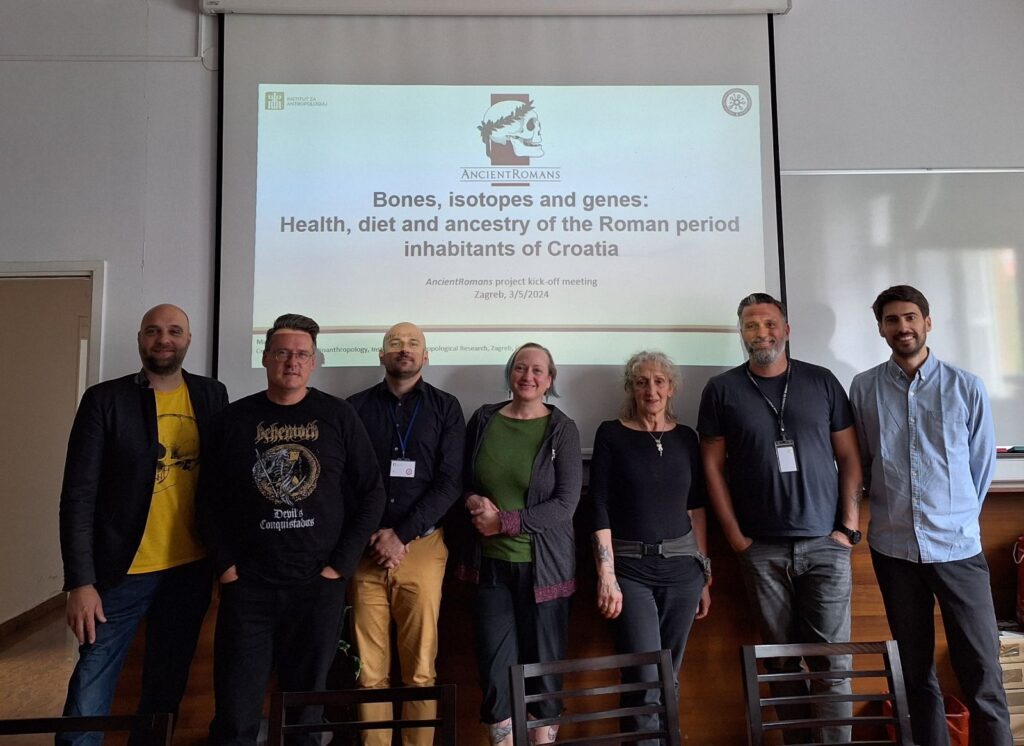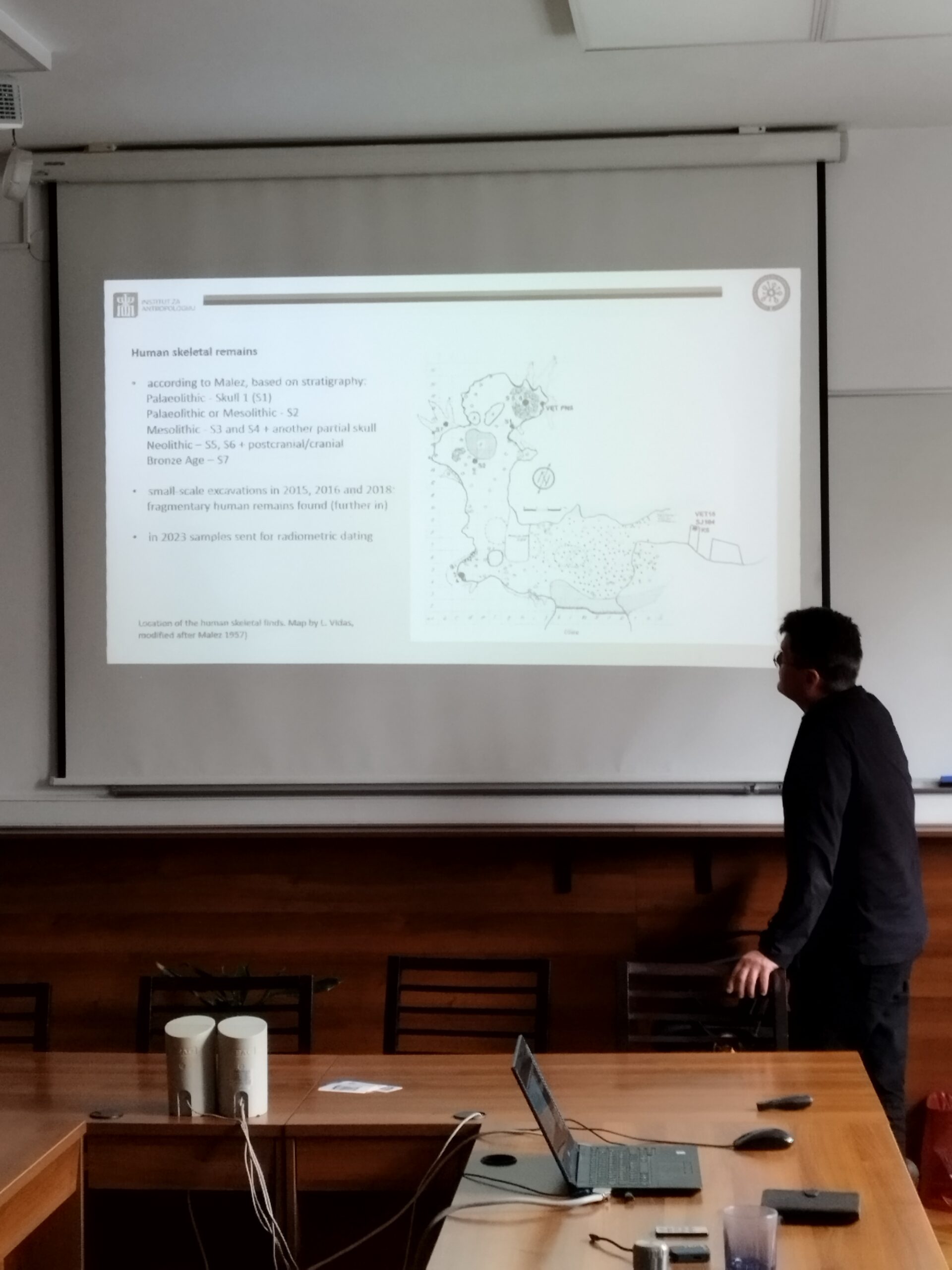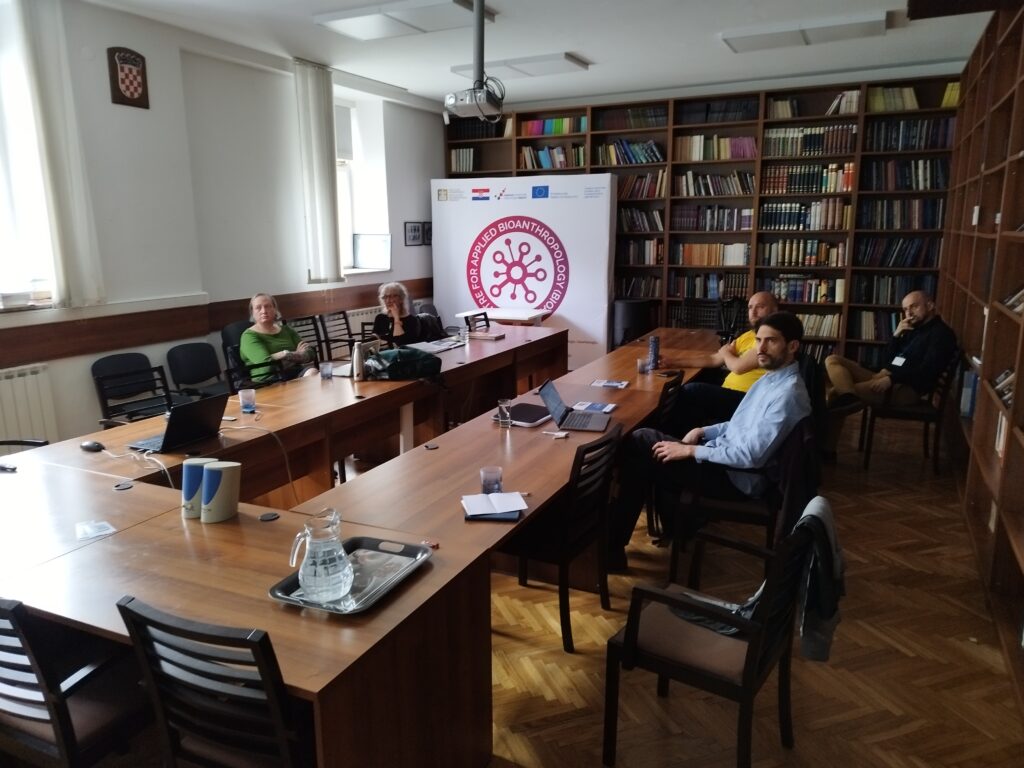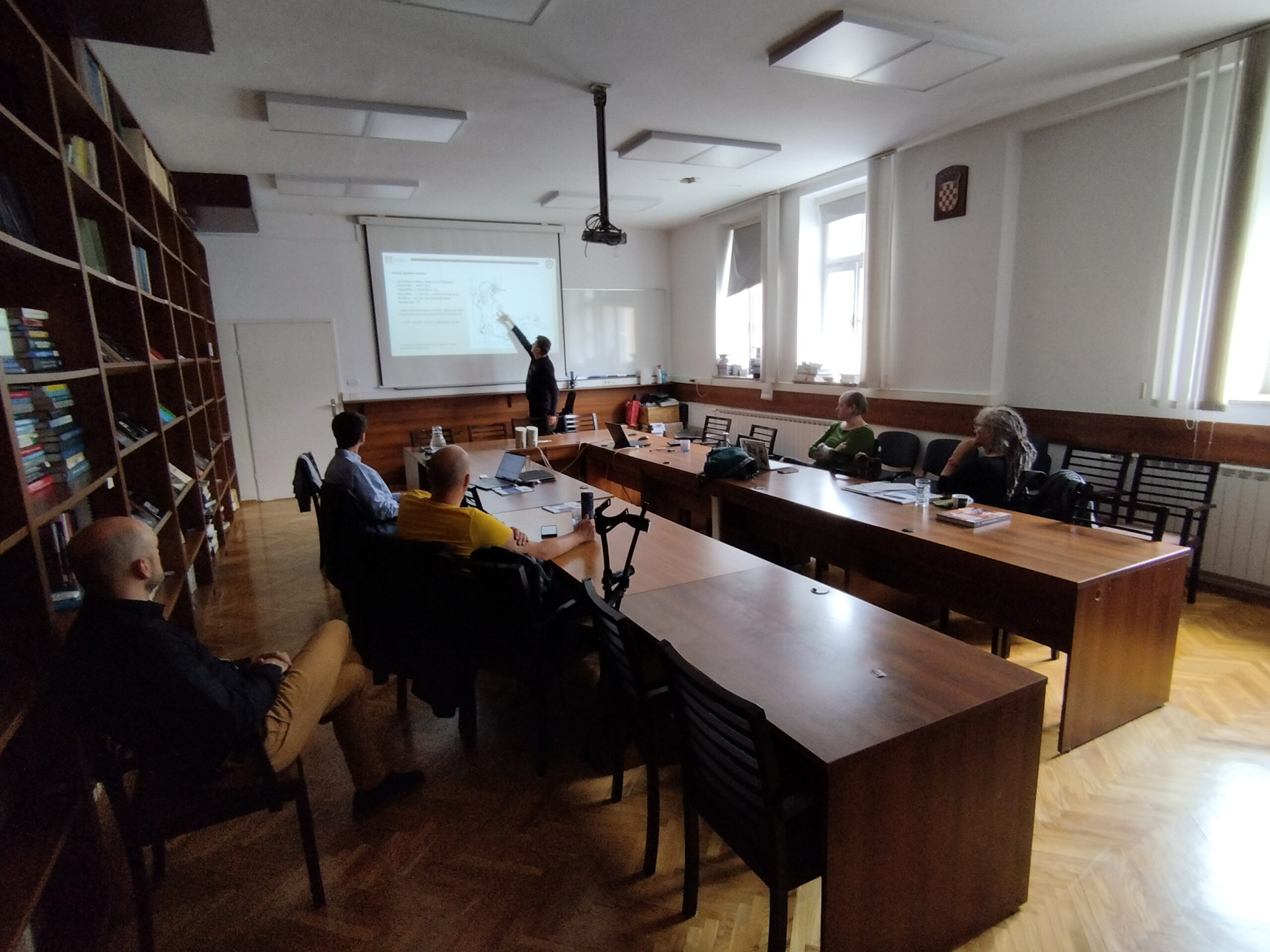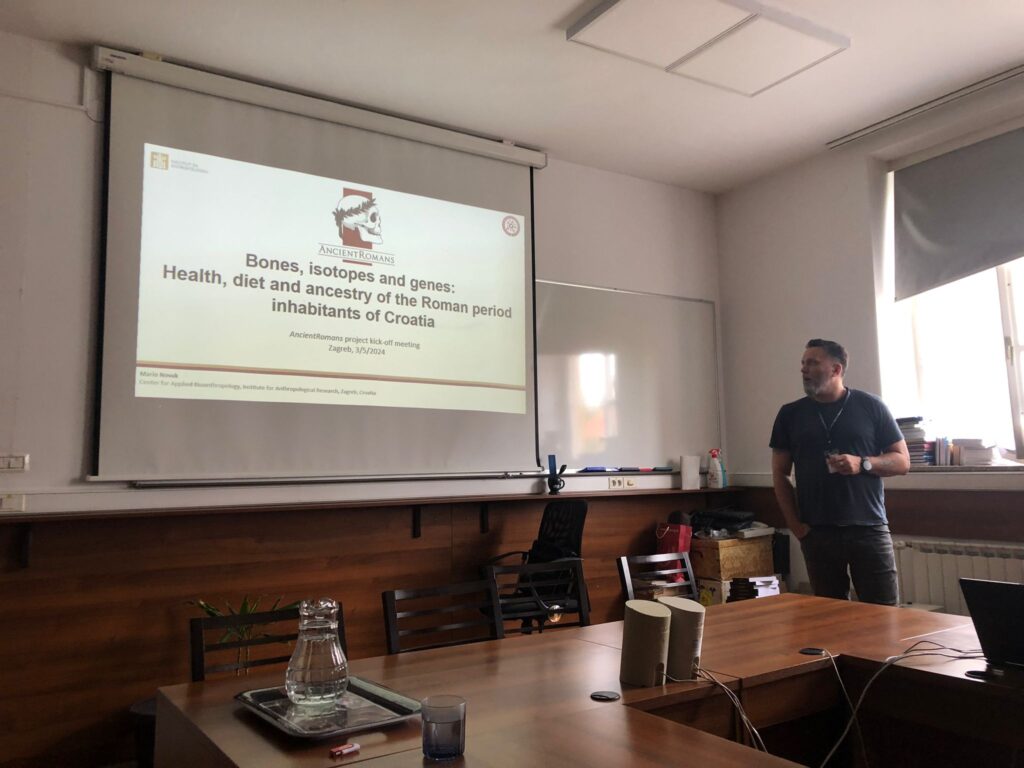A study entitled “Multidisciplinary study of human remains from the 3rd century mass grave in the Roman city of Mursa, Croatia” was published this Wednesday, October 15, 2025, in PLOS One. The study investigates the remains of Roman soldiers who lost their lives in the battle of Mursa in 260 CE. The first author of the study is Mario Novak, and one of the coauthors is Mario Carić. Link:
https://journals.plos.org/plosone/article?id=10.1371/journal.pone.0333440
The publication of the study in PLOS One numerous was covered by Croatian and international mass media:
https://kopalniawiedzy.pl/Mursa-Osijek-pochowek-zolnierze-studnia-Chorwacja,38191
https://www.thesun.co.uk/tech/37026537/ancient-well-croatia-battle-mursa-roman-soldiers
https://hvg.hu/tudomany/20251016_mursai-csata-romai-katona-tomegsir-eszek-ebx
https://mult-kor.hu/romai-katonak-eszeken-a-harmadik-szazad-rejtett-tomegsirja-20251016
The 4th International Congress on Roman Bioarchaeology was held in Zagreb from August 31 to September 2, 2025. The conference was held as part of the ANCIENTROMANS research project and with the financial support of the Croatian Science Foundation, jointly organized by the Institute for Anthropological Research, the Archaeological Museum in Zagreb and the International Congress on Roman Bioarchaeology association. At the conference itself, more than 80 participants from 27 countries presented their research in 45 oral and 18 poster presentations. The topics of the conference included multidisciplinary research on human, animal and plant remains from the Roman period, as well as the reconstruction of burial customs through the use of state-of-the-art analytical methods such as ancient DNA analysis, stable isotope analysis, lead analysis, etc. (presentation abstracts can be found here: https://inantro.hr/journal-of-bioanthropology/1-2025/).
Collaborators on the ANCIENTROMANS project presented the results of their research to date in several presentations and one key-note lecture:
1) Anna J. Osterholtz. Osteobiography in Roman Bioarchaeology: Understanding Roman Life One Individual at a Time. Key-note lecture.
2) Barbara Kriletić, Domagoj Tončinić, Vinka Matijević, Domagoj Bužanić, Mario Carić, Ivor Janković, Miran Čoklo, Antonija Jonjić, Mario Novak. A Glimpse into a Rural Community from Late Antique Dalmatia: Preliminary Bioarchaeological Analysis of Tomb 2 from Velić. Oral presentation.
3) Mario Carić, Mario Novak, Lujana Paraman, Miran Čoklo, Antonija Jonjić, Anna J. Osterholtz. Short and Sickly Lives: An Analysis of a Possible Correlation between Lead Poisoning and Non-Adult Health in Roman Period Tragurium. Oral presentation.
4) Mario Novak, Miroslav Razum, Hrvoje Cvitanović, Krešimir Raguž, Ivor Janković. Mario Novak, Miroslav Razum, Hrvoje Cvitanović, Krešimir Raguž, Ivor Janković. Oral presentation.
5) Elizabeth Fox, Mario Novak, Mario Carić, Slavica Filipović, Anna J. Osterholtz. Buried in a Well: An Osteobiographical Study of Two Non-Adult Individuals from Roman Period Mursa (Osijek, Croatia). Poster presentation.
The conference itself was also covered by Croatian media: https://www.vecernji.hr/vijesti/umjesto-rimskih-elita-istrazuju-kako-je-izgledao-zivot-prosjecnog-podanika-rimskog-carstva-1887504
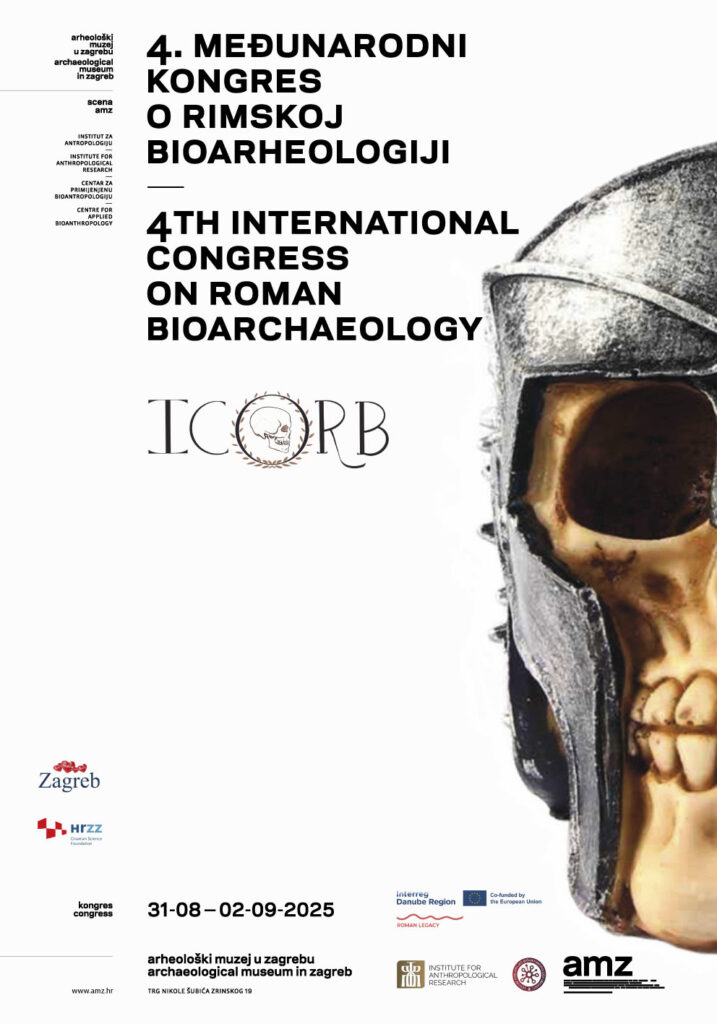
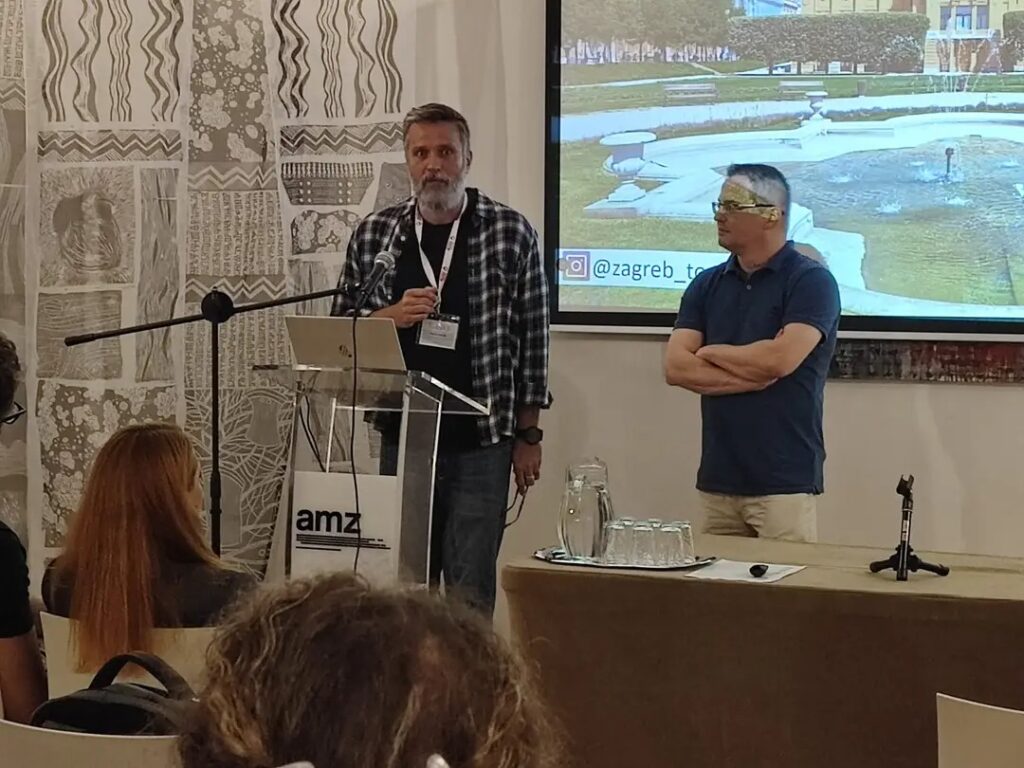
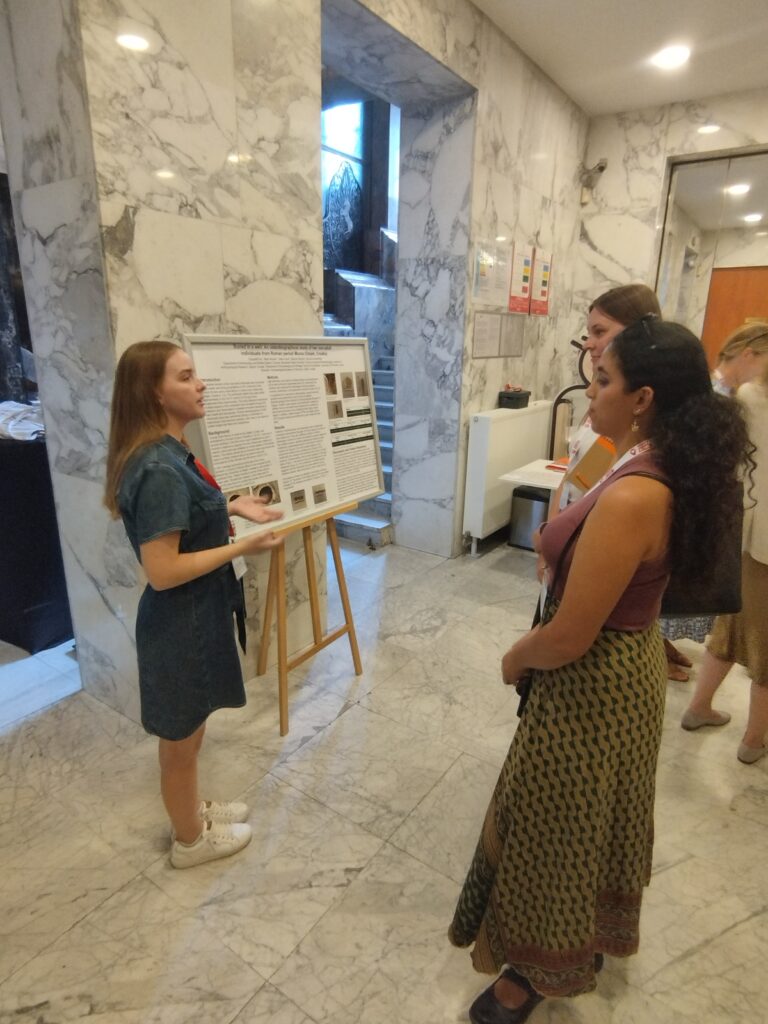
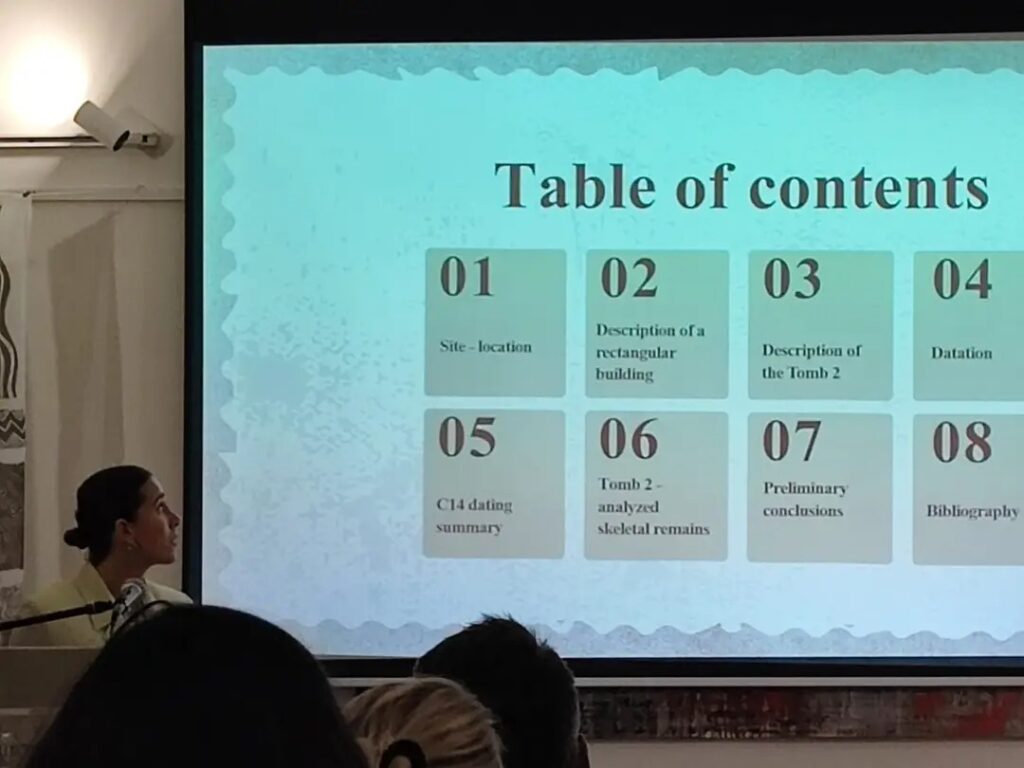
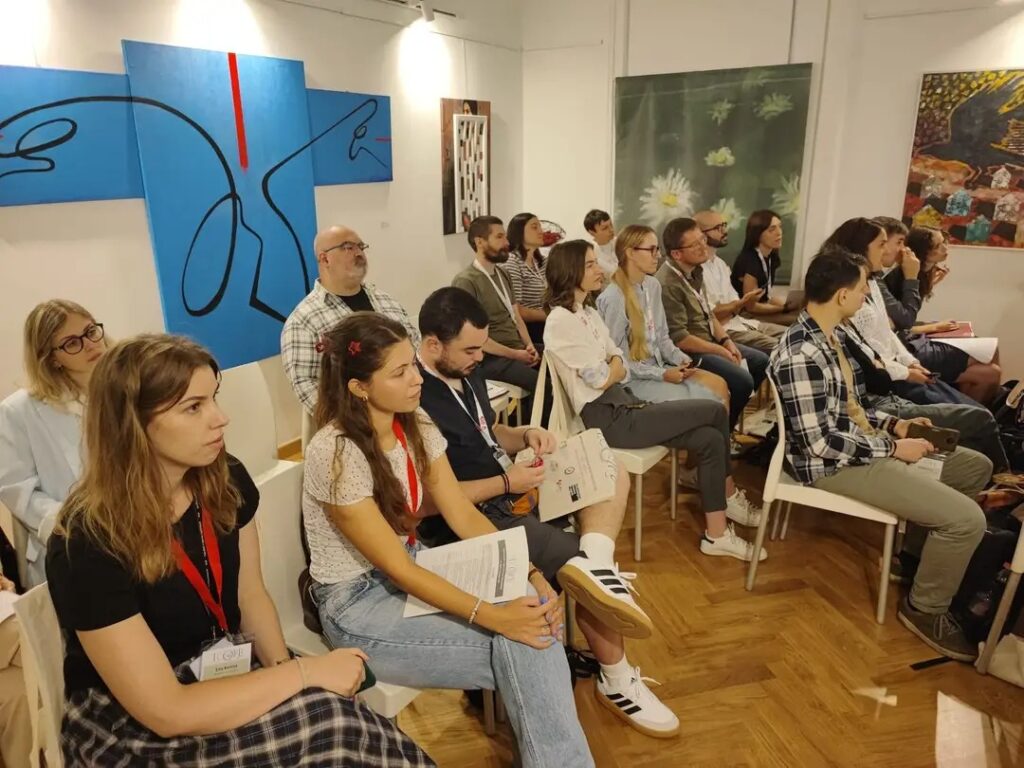
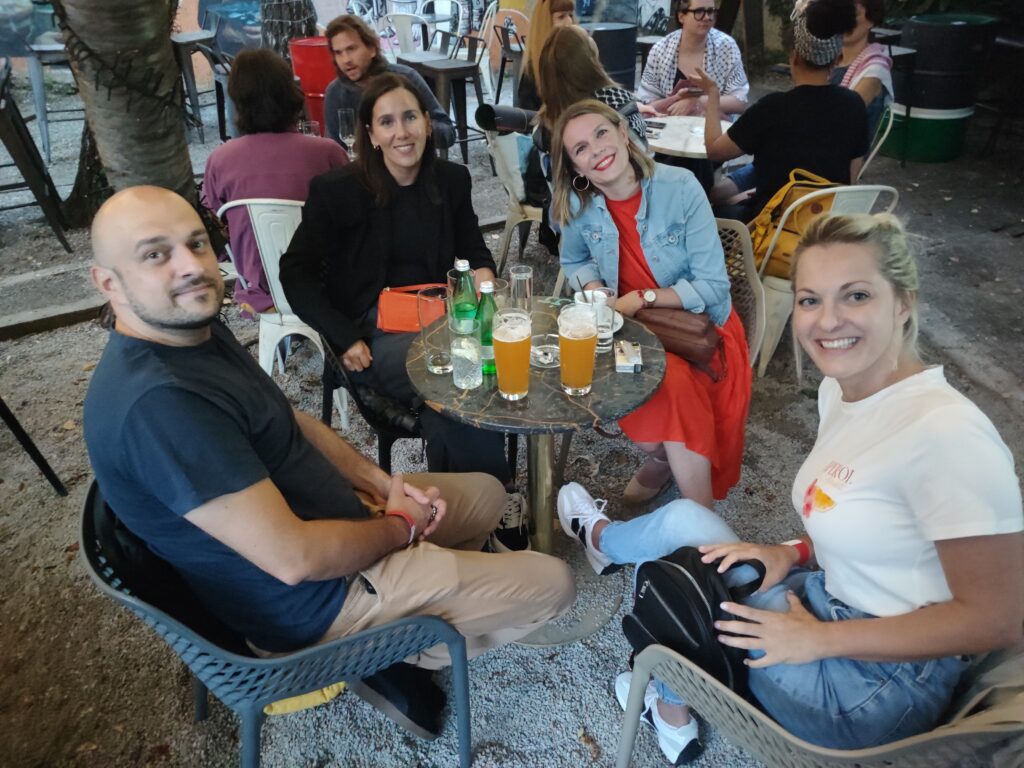
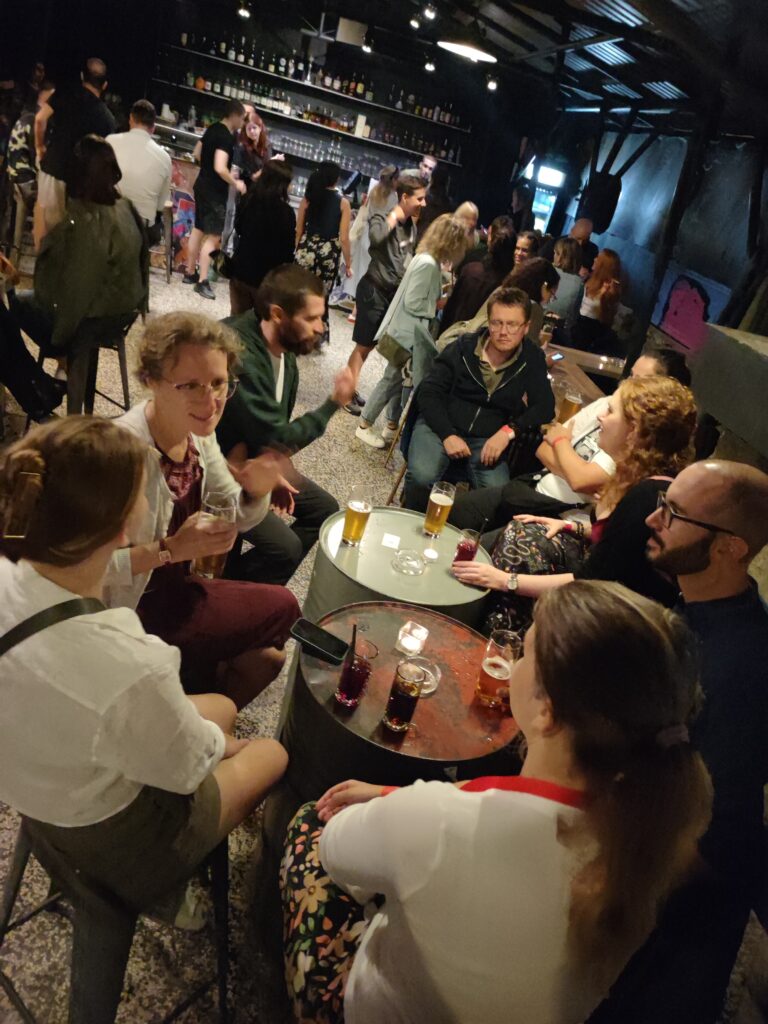
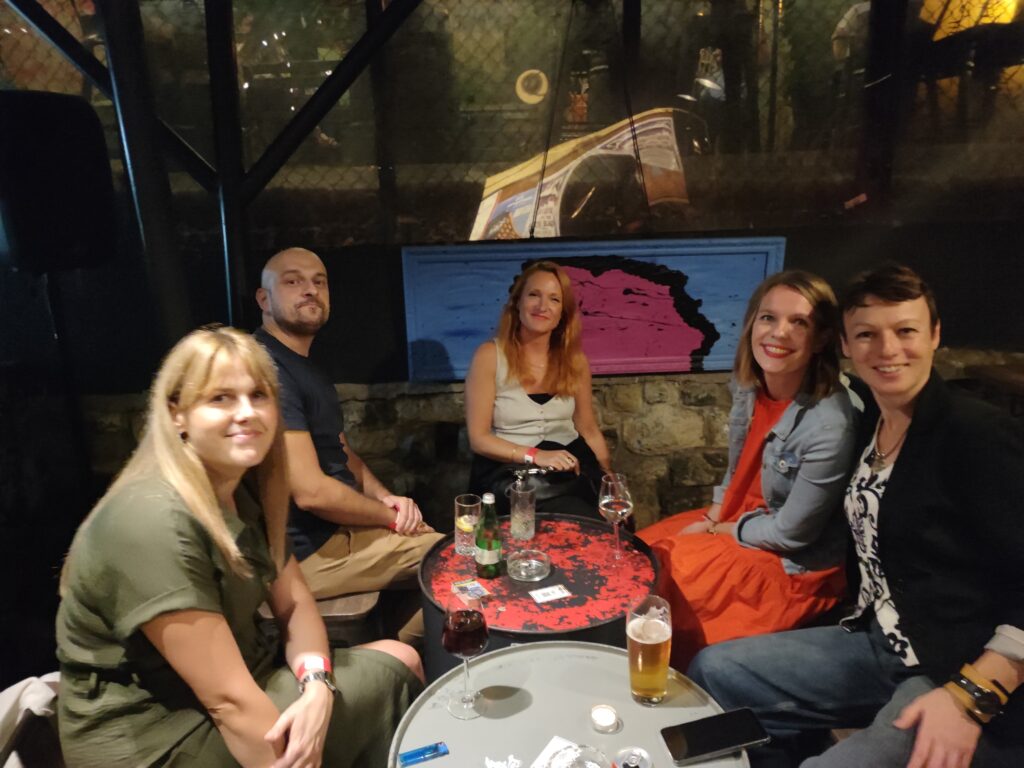
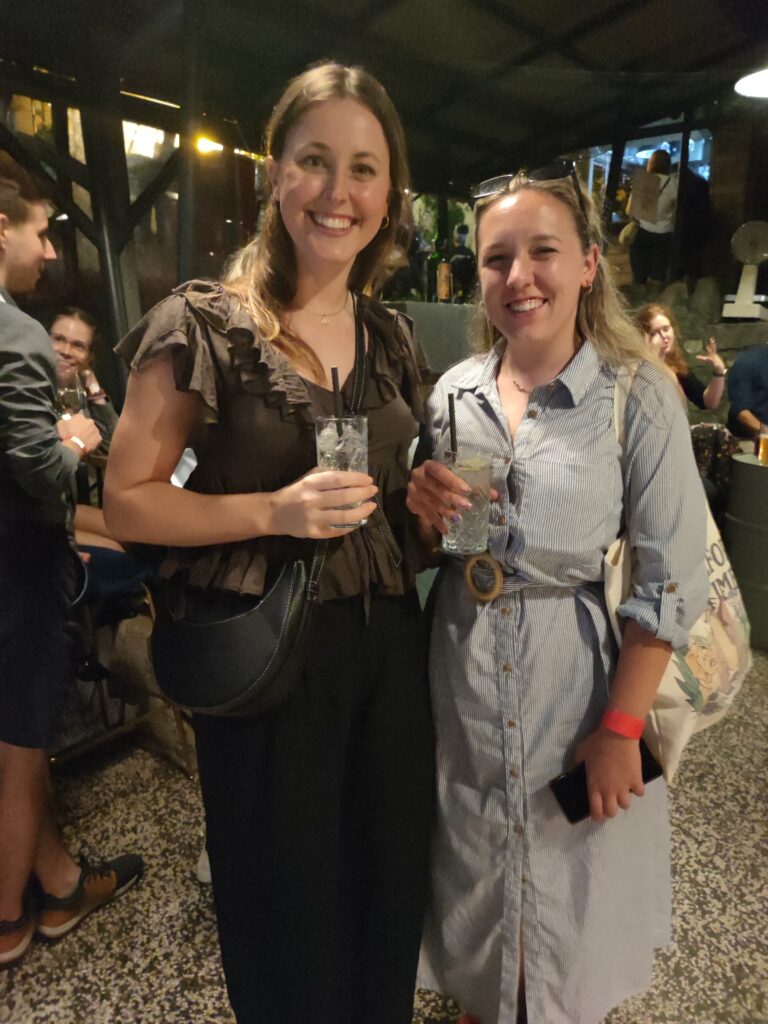
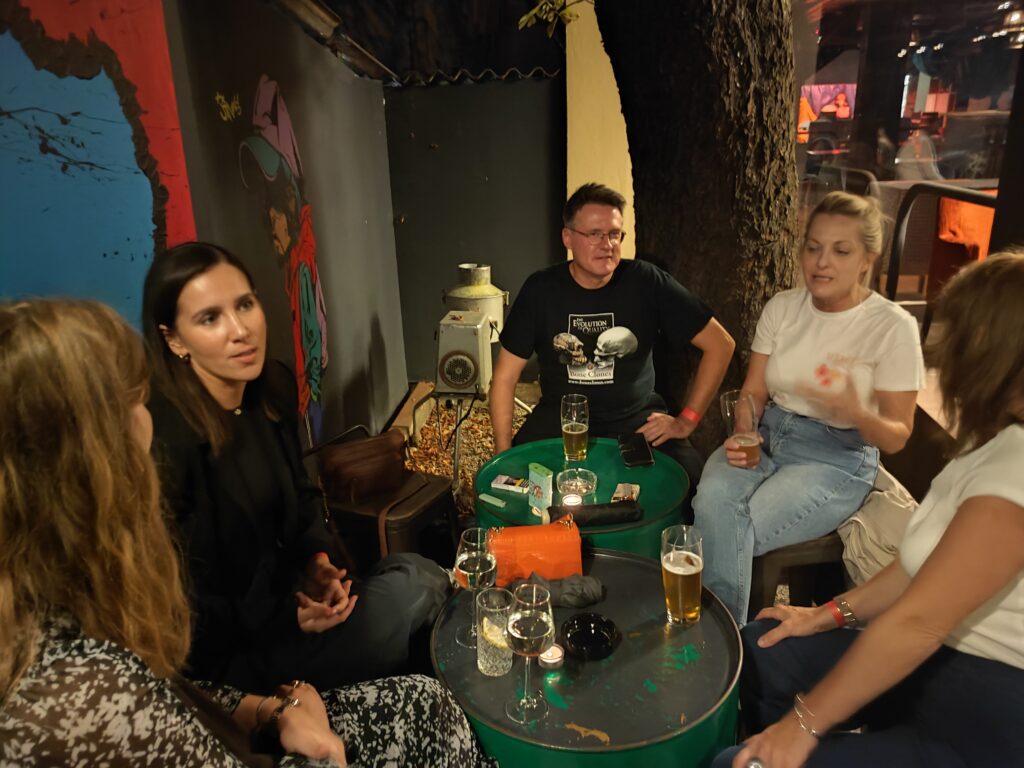
Mario Novak gave an invited talk entitled “Growing Up in the Provinces: Reconstruction of Child Health and Diet on the Outskirts of the Roman Empire” at the international conference “Child Space: Narratives and New Perspectives on the Bioarchaeology of Children and Their Biosocial Complexity” which took place in Budapest from 4 to 6 June 2025.
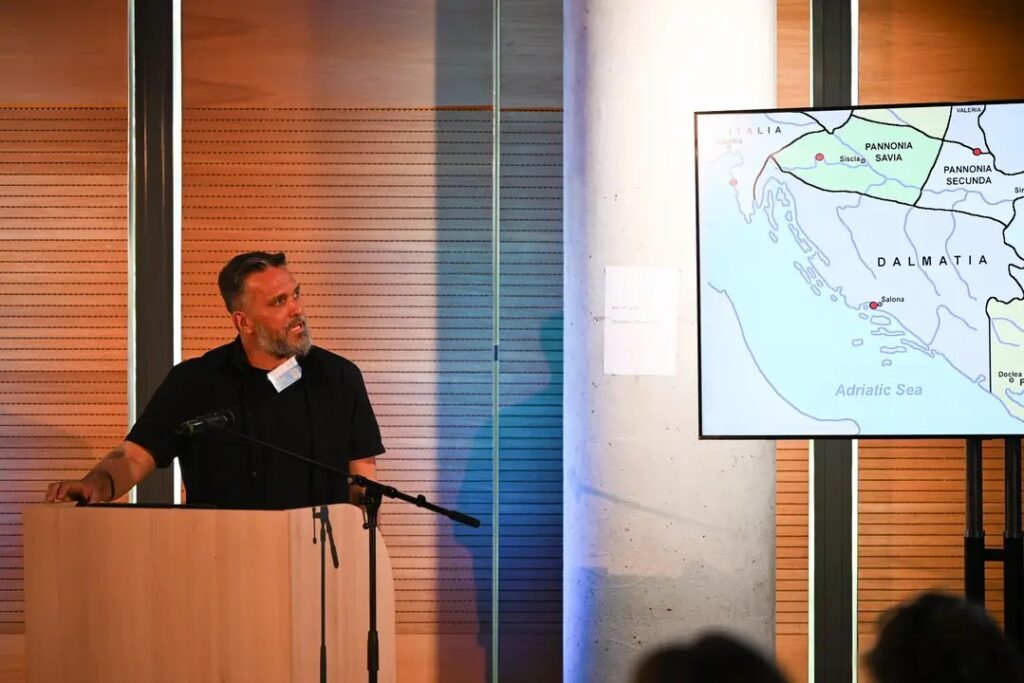
Postdoctoral researcher Mario Carić visited Ravenna campus of the University of Bologna between 5 and 30 May 2025 with the aim to get the training in the analysis of amelogenin protein in the paleoproteomics laboratory led by Prof. Stefano Benazzi. During his stay, Mario also gave a talk entitled “Romans in Croatia: A history of heavy metal”.
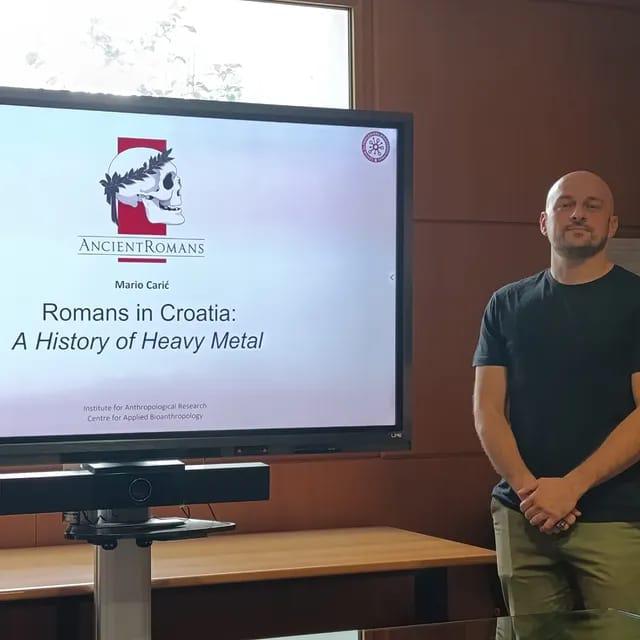
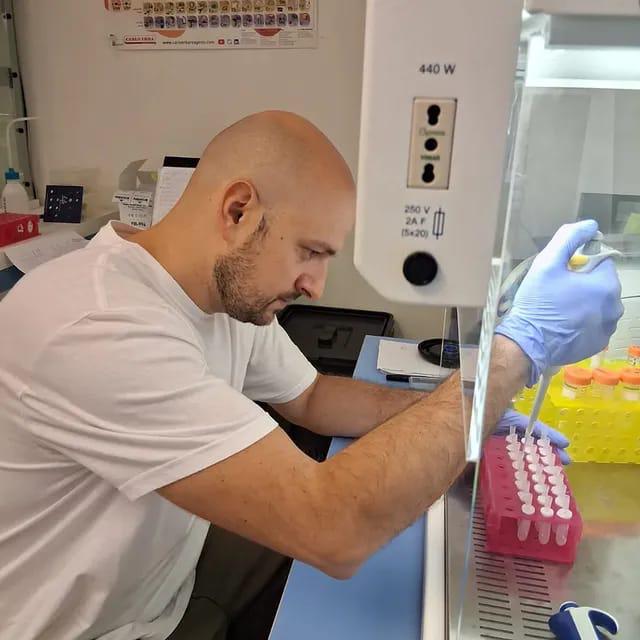
On Sunday, April 27, 2025, a small but motivated team of anthropologists, archaeologists and speleologists headed to Gubački Vrh, where earlier in 2020, members of the Ursus spelaeus Speleological Club Rafael Kućan, Goran Radović and Hrvoje Cvitanović found interesting archaeological and anthropological findings (Rafael Kućan) while exploring the cave under Gubački Vrh. The current research was initiated at the initiative of the Ozalj Heritage Museum. After almost two hours of hiking, the team arrived at the site. It was confirmed that the findings were scientifically very interesting, and field documentation was made and the findings were collected for further analysis. After the team successfully returned carrying a valuable load, with tired but radiant faces, it was agreed to move on to scientific valorization and conducting detailed analyses using modern methods (bioanthropology, archaeology, analysis of ancient DNA, stable isotopes, radiometric dating, etc.).
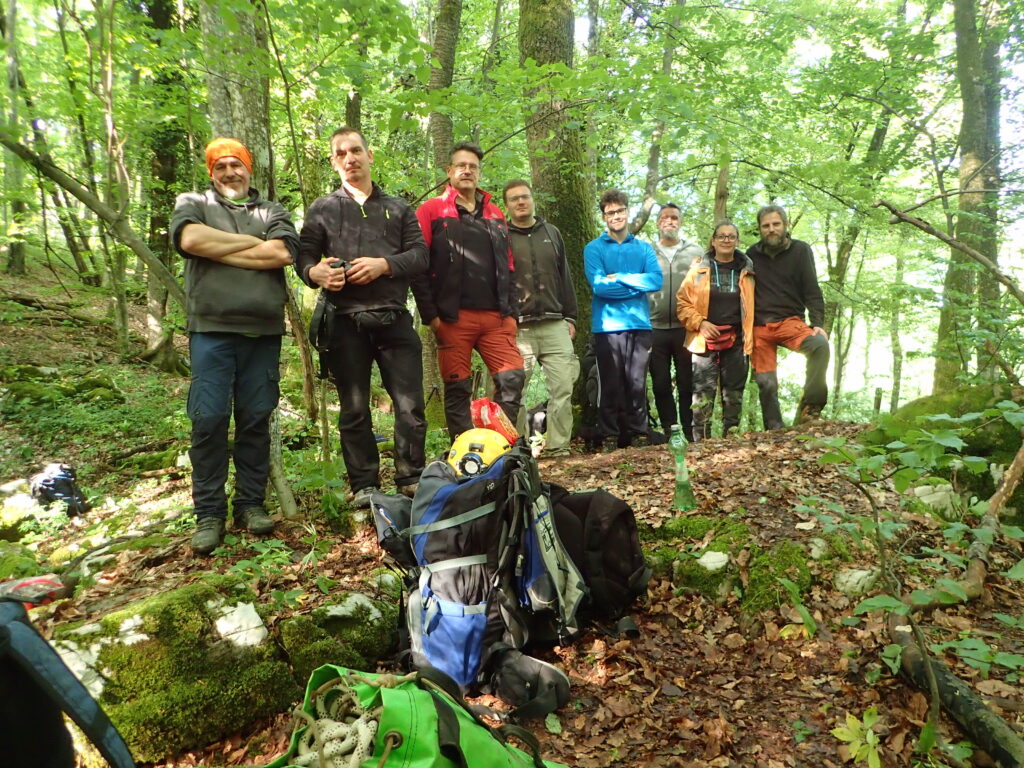
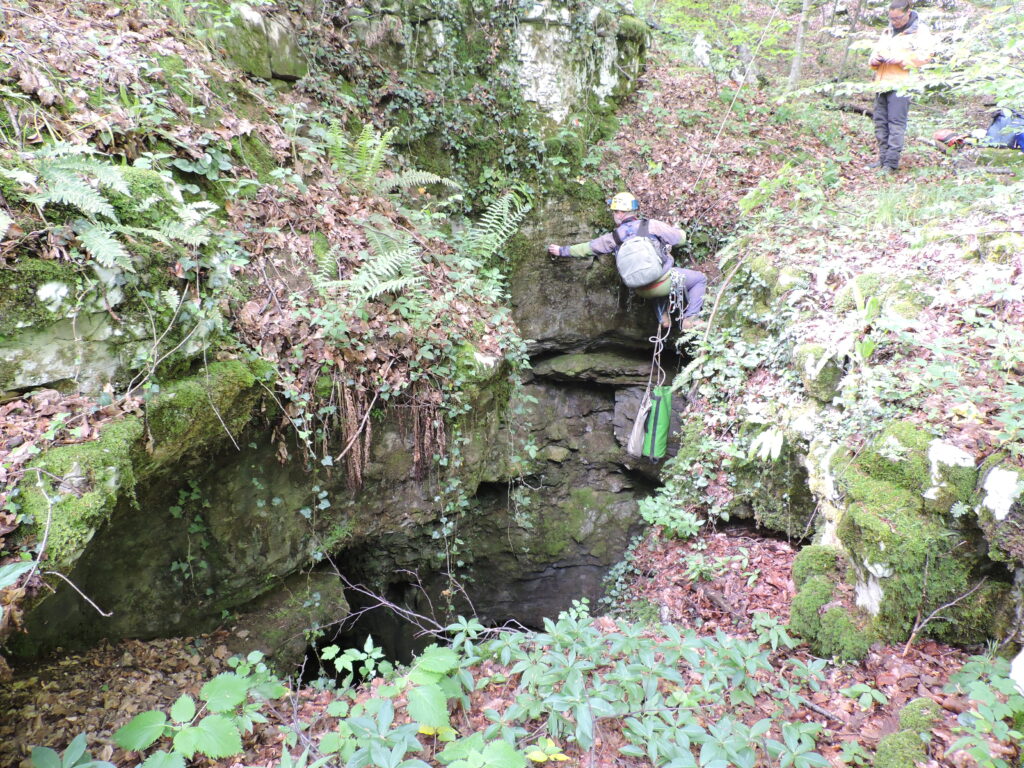
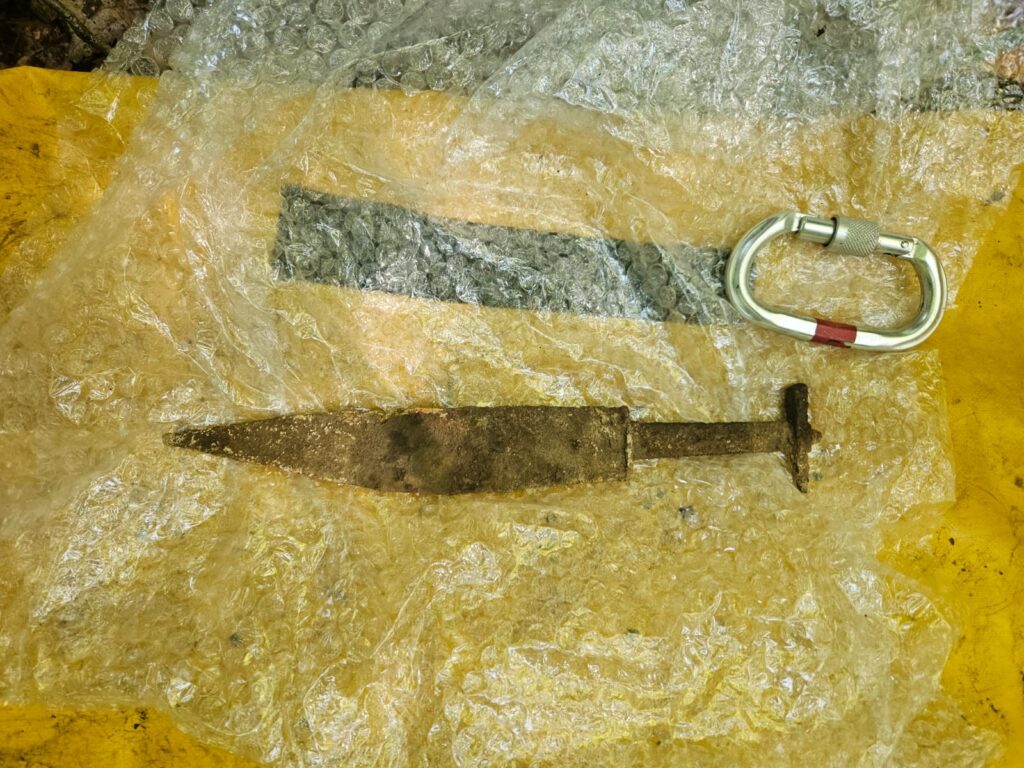
On Thursday, April 24, 2025, Mario Novak gave a talk to students of Roman period archaeology at the Department of Archaeology of the Faculty of Humanities and Social Sciences, University of Zagreb, entitled “Development and Application of Novel Archaeological Sciences: Ancient DNA, Stable Isotopes and Lead Poisoning Analyses on the Example of Croatian Roman Period Sites”.
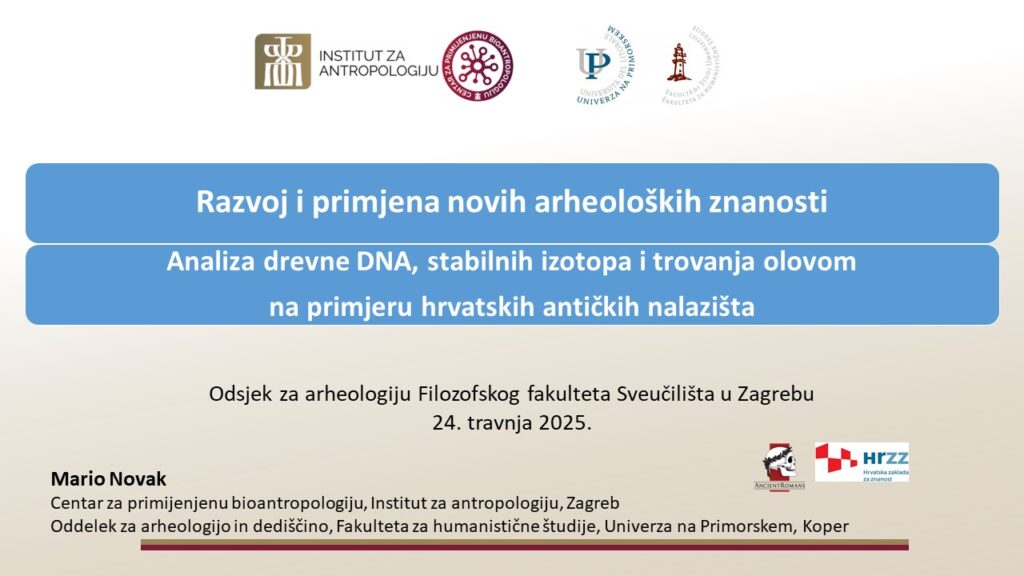
Mario Novak was hosted by La Sapienza University of Rome where he gave an invited lecture at the Department of Odontostomatological and Maxillofacial Sciences on April 16, 2025, entitled “Bioarchaeology of violence during the Late Antiquity on the Danube limes: An example from two mass burials from Osijek (Colonia Aelia Mursa)”.
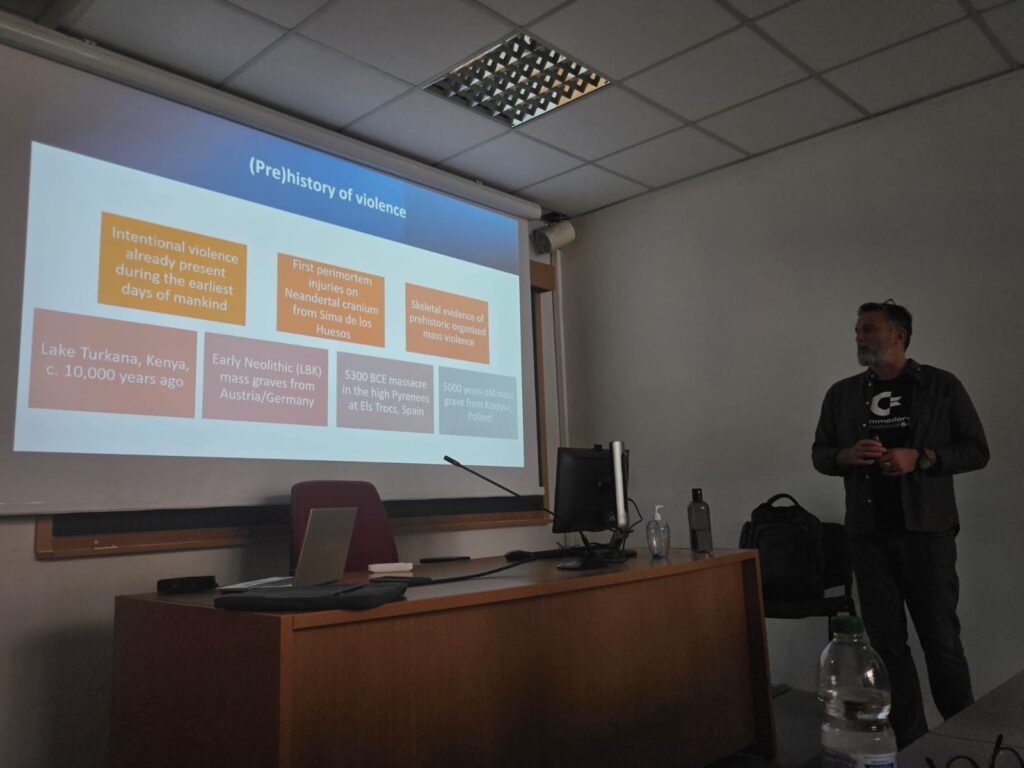
In early March, Mario Novak participated at two conferences, 52nd Annual North American PPA Meeting and 94th AABA Annual Meeting in Baltimore, USA, where he presented two studies entitled Lead poisoning and subadult health in Roman period (1st-7th c. CE) populations from Croatia (co-authors M. Carić, M. Čoklo, A. Jonjić, A.J. Osterholtz) and Take care of your teeth: oral health of adult individuals in a Roman period urban population from Zadar (Colonia Iulia Iader) (co-authors T. Alihodžić, Ž. Bedić, M. Carić, I. Janković).
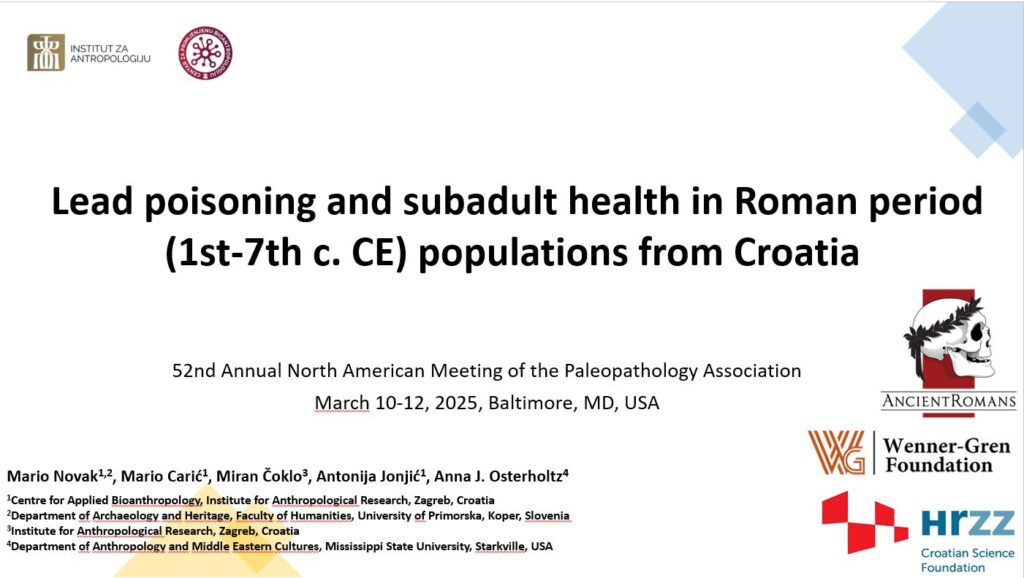
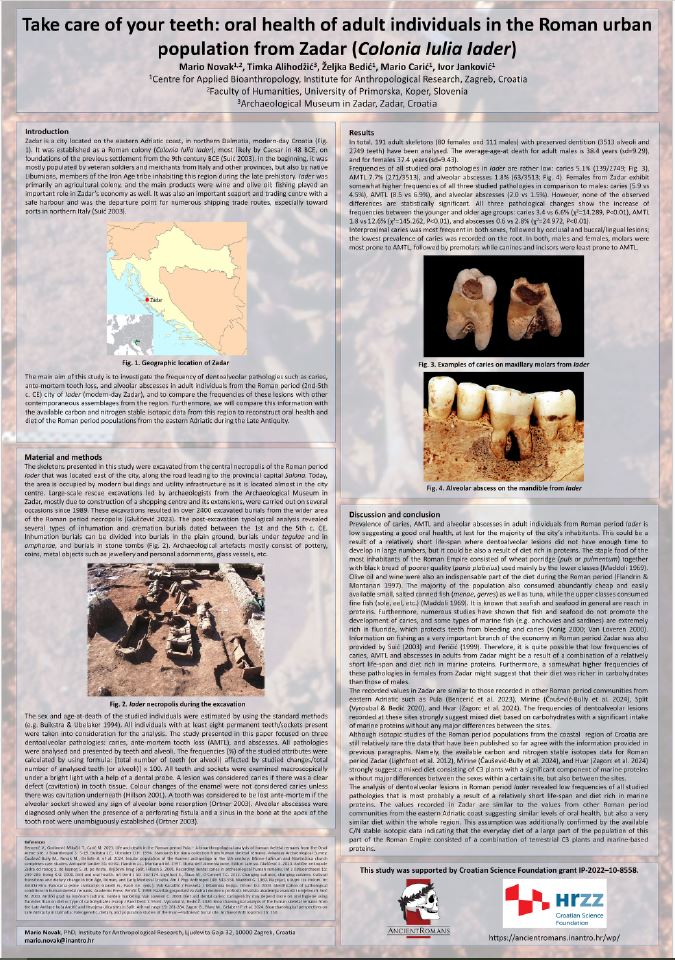
A research article about the Roman period twins from Trogir, recently published in the Journal of Archaeological Sciences: Reports, has attracted significant media attention in Croatia and abroad, with numerous portals and newspapers talking about the study.
https://archaeology.org/news/2025/03/11/grave-of-roman-twins-excavated-in-croatia/
https://www.jpost.com/archaeology/archaeology-around-the-world/article-846392
https://www.miamiherald.com/news/nation-world/world/article302026959.html
A new paper entitled Death and burial of a set of fraternal twins from Tragurium: an osteobiographical approach ha
s just been published in the Journal of Archaeological Sciences: Reports. Mario Carić and Mario Novak from the Institute for Anthropological Research co-authored this study.
The paper can be accessed here: https://www.sciencedirect.com/science/article/pii/S2352409X25001038?dgcid=coauthor
On January 28 2025, Mario Novak gave an invited talk entitled “Violence from prehistory to the Roman times in Croatia: Evidence from mass burials” at the University of Coimbra in Portugal.
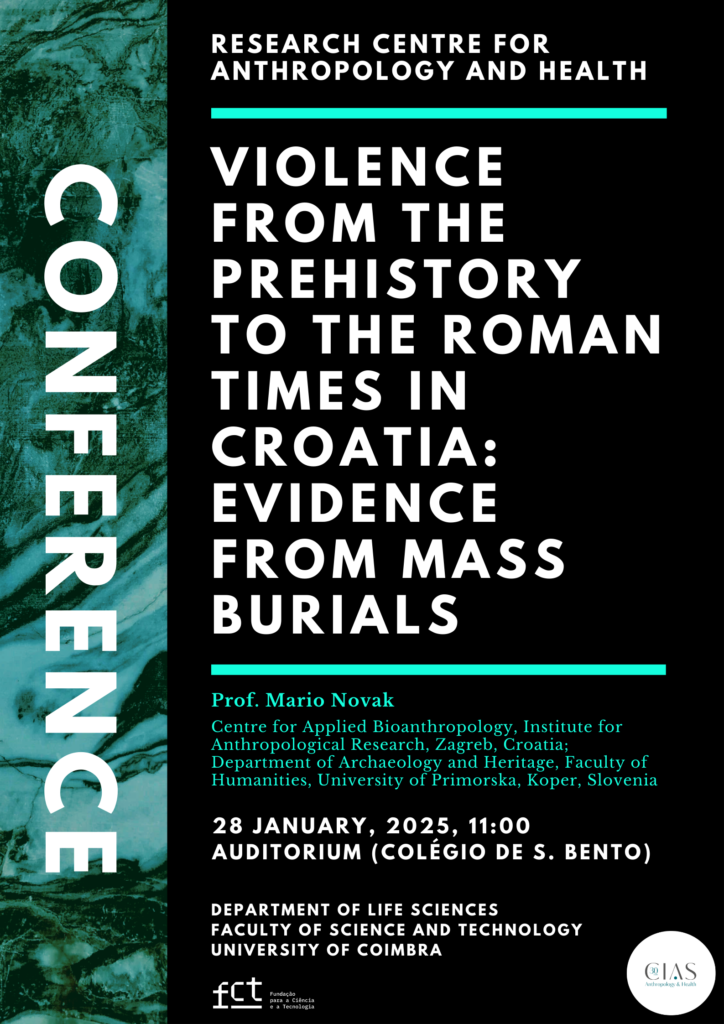
At the recent “12th Scientific Methodology and Archeometry Conference” held on November 28, 2024 in Zagreb, dr. Mario Carić gave a talk entitled “Heavy metal: The first results of environmental lead poisoning study in archaeological populations from Croatia”.

Anna J. Osterholtz gave a talk at the conference “3rd International Congress on Roman Bioarchaeology” which took place virtually between 24 and 26 October 2024. Anna gave a lecture entitled “An Adult-Infant Double Burial from Tragurium (Central Dalmatia, Croatia): An Osteobiographical Approach” with co-authors M. Novak and M. Carić.
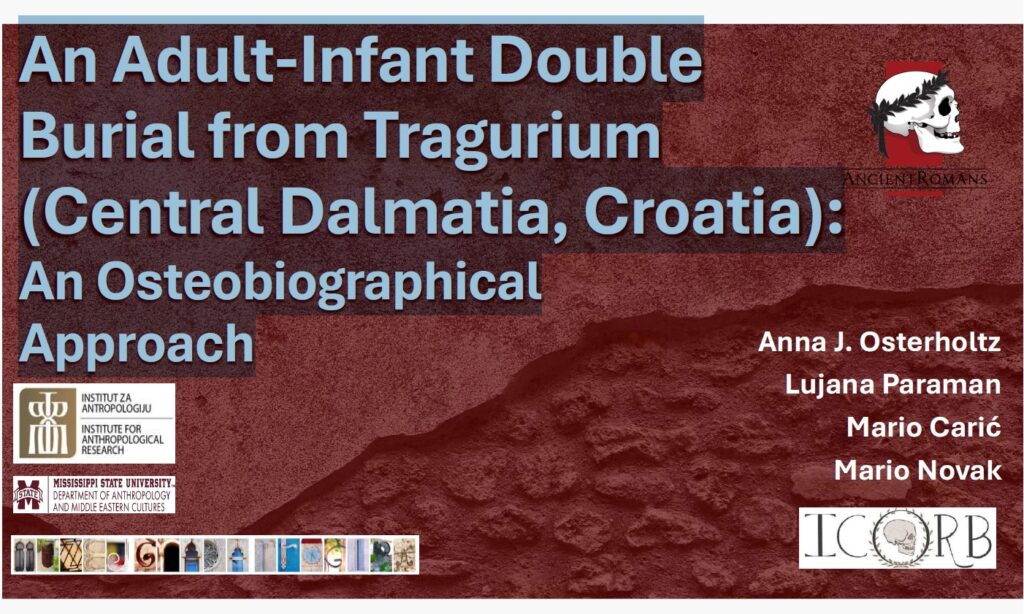
Mario Carić participated as a presenter at the popular event “Skeptics in the Pub” which took place on September 20, 2024 in Sisak. Mario gave a talk entitled “What do bones tell us? Forensic anthropology”.
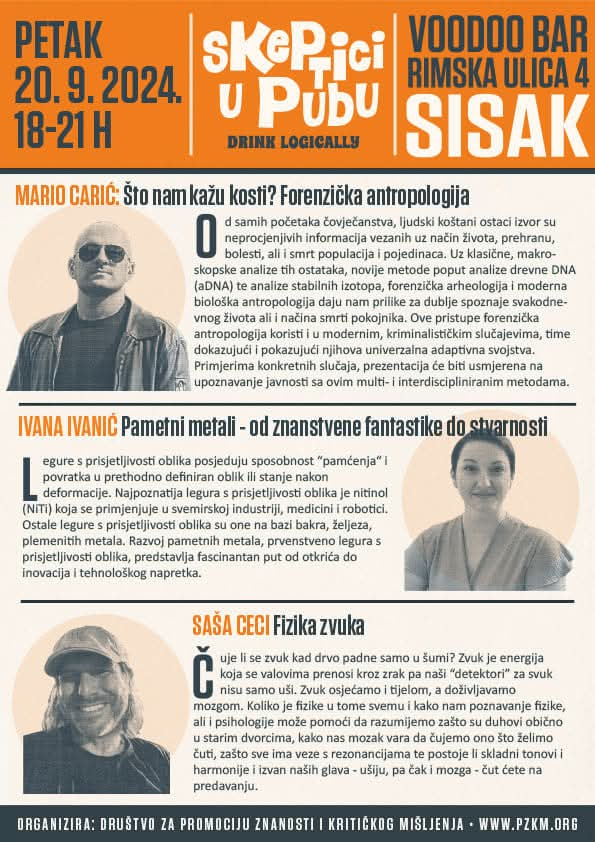
Recently, a new paper entitled “Redating the Veternica prehistoric humans” has been published in “Vjesnik Arheološkog muzeja u Zagrebu”.
Full access to the article is available at the following link: https://hrcak.srce.hr/clanak/463618
The last few weeks have been very lively in the ANCIENTROMANS team.
From August 21 to 24, Mario Novak participated in the 24th European Meeting of Paleopathology Association in Leiden, the Netherlands, where he gave an oral presentation entitled “Health status of individuals buried at the 6th-8th c. CE children’s cemetery at Sipar, Istria, NW Croatia”.
Between August 28 and 31, Mario Carić participated in the 30th European Association of Archaeologists Annual Meeting in Rome, Italy, where he gave an oral presentation entitled “No man an island: Insular diet from the Late Antique sites of Martinšćica and Mirine, Eastern Adriatic “
At the same meeting, Mario Novak gave an oral presentation entitled “‘Non-privileged’ individuals from Osijek (Colonia Aelia Mursa): Bioarchaeology of a Roman period mass burial”.
Mario Novak was also co-chairing two sessions at the said meeting.
And finally, Mario Novak gave an invited lecture entitled “Entering the underworld: Bioarchaeology of the Late Roman period burials from Ozalj Cave, continental Croatia” at the 23rd Congress of the European Anthropological Association, which took place in Zagreb between 5 and 8 September.
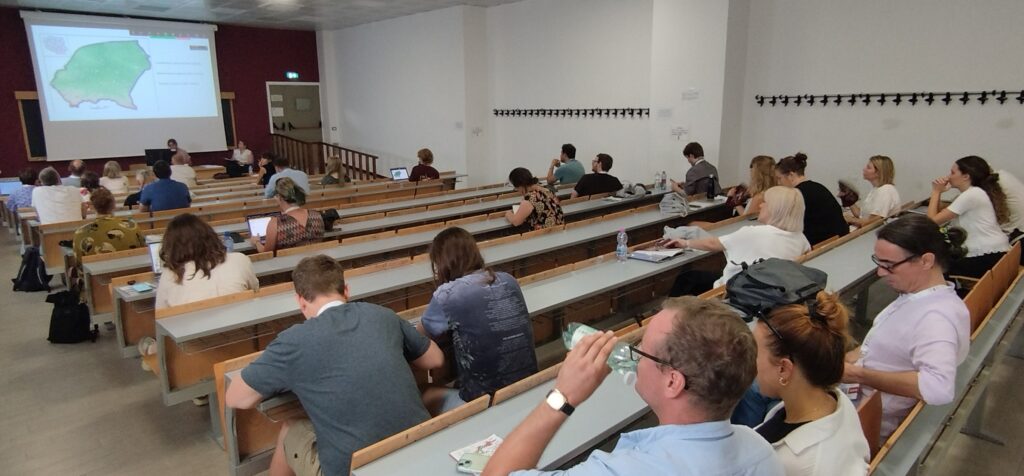
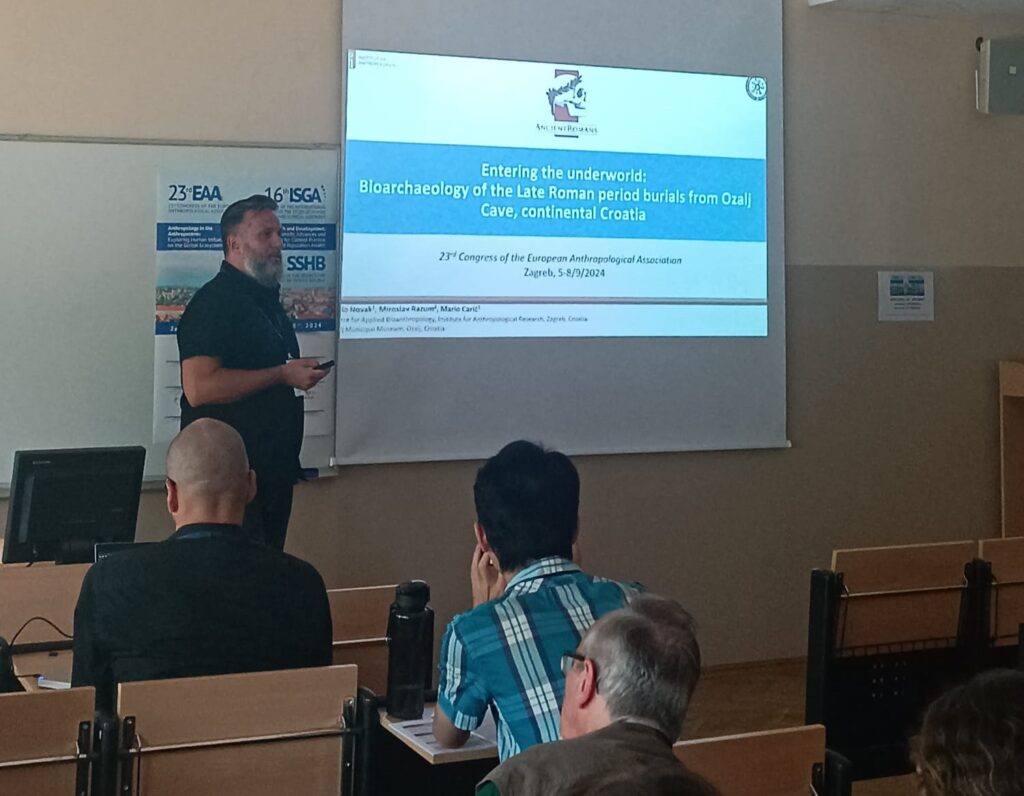
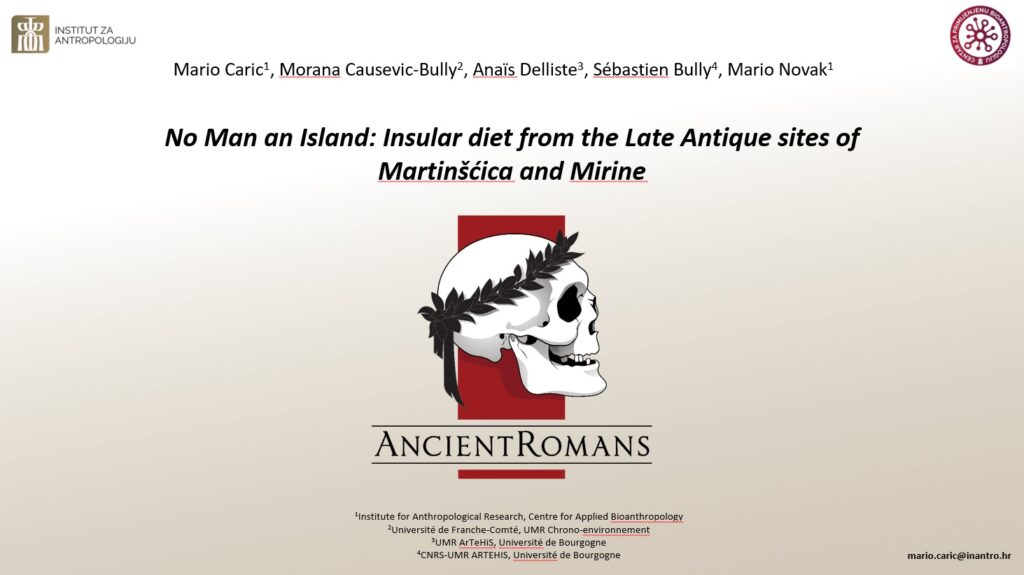
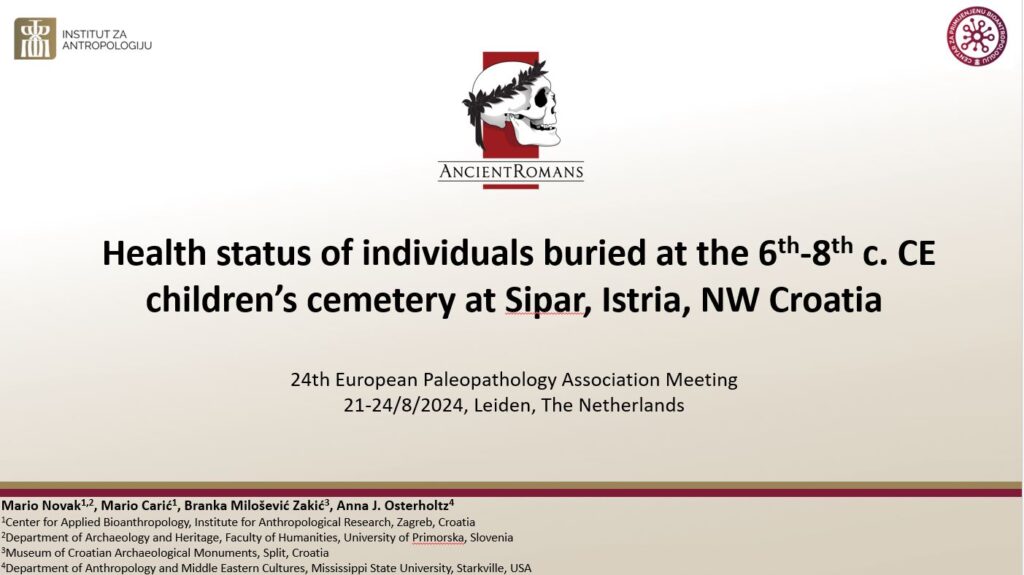
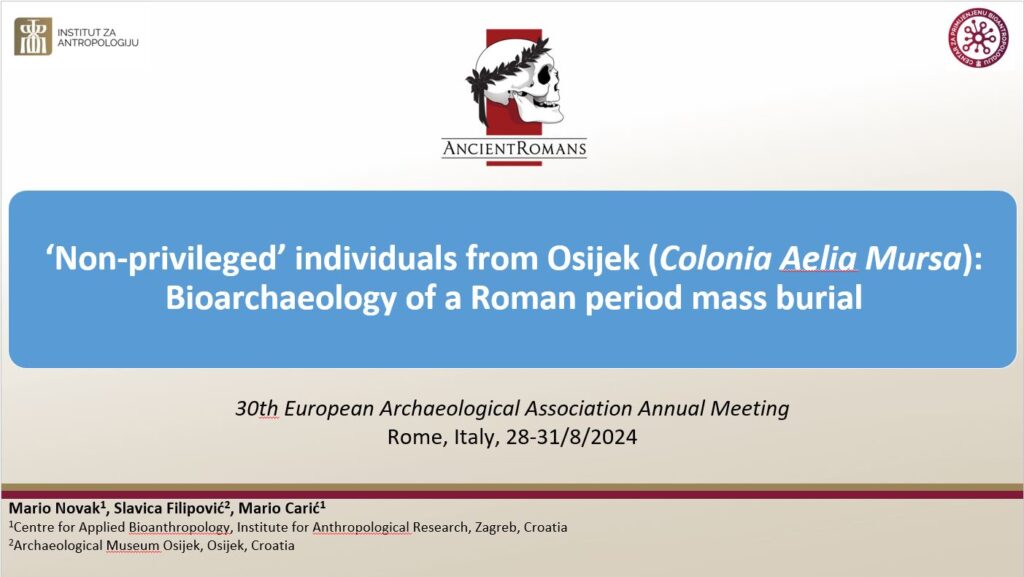
A new research article entitled “Bioarchaeological Perspectives on Late Antiquity in Dalmatia: Paleogenetic, Dietary, and Population Studies of the Hvar – Radošević ” was published on Tuesday, August 20, 2024, in the journal Archaeological and Anthropological Sciences (Q1, IF: 2.2).
Full access to the article is available at the following link: https://link.springer.com/article/10.1007/s12520-024-02050-0
Presentation of the project
On Monday, June 10, 2024, a public presentation of the research project of the Croatian Science Foundation IP-2022-10-8558 “Bones, Isotopes and Genes: Health, Nutrition and Ancestry of the Roman Period Inhabitants of Croatia” took place in the library of the Institute for Anthropological Research. In front of a large audience, the project was presented by the PI, Dr. Mario Novak, and a shorter presentation entitled “Maternal-Infant Health in Roman Tragurium: Bioarchaeological Investigations of the Very Young” was also given by the project collaborator, Prof. Anna Osterholtz from Mississippi State University, USA.
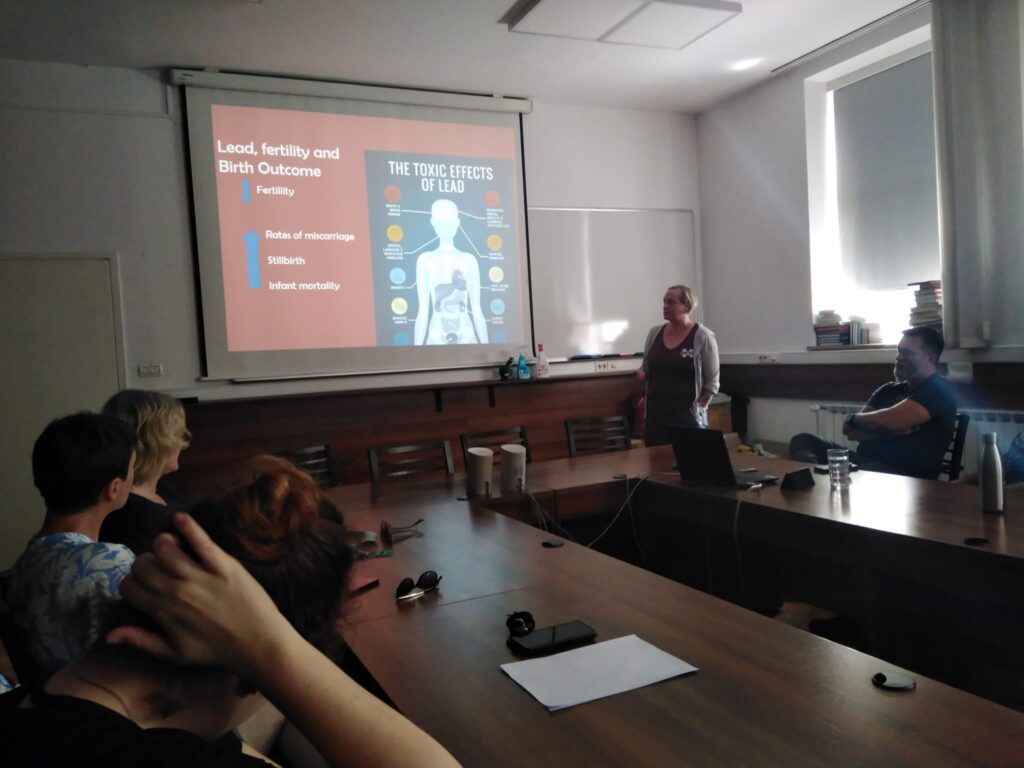
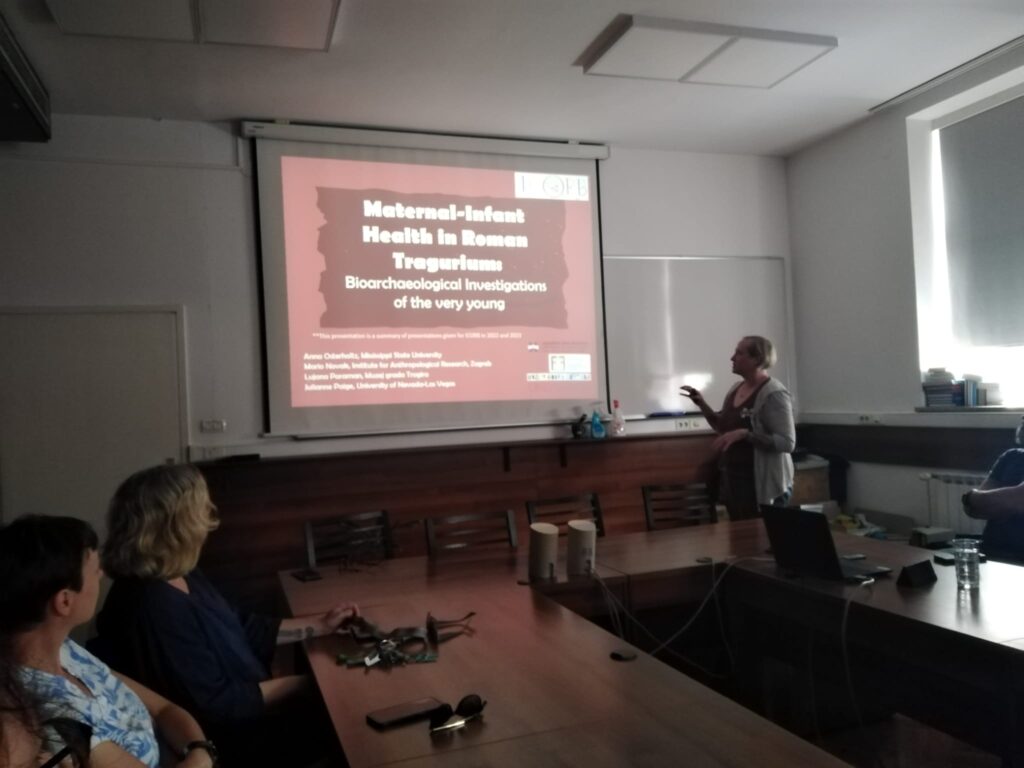
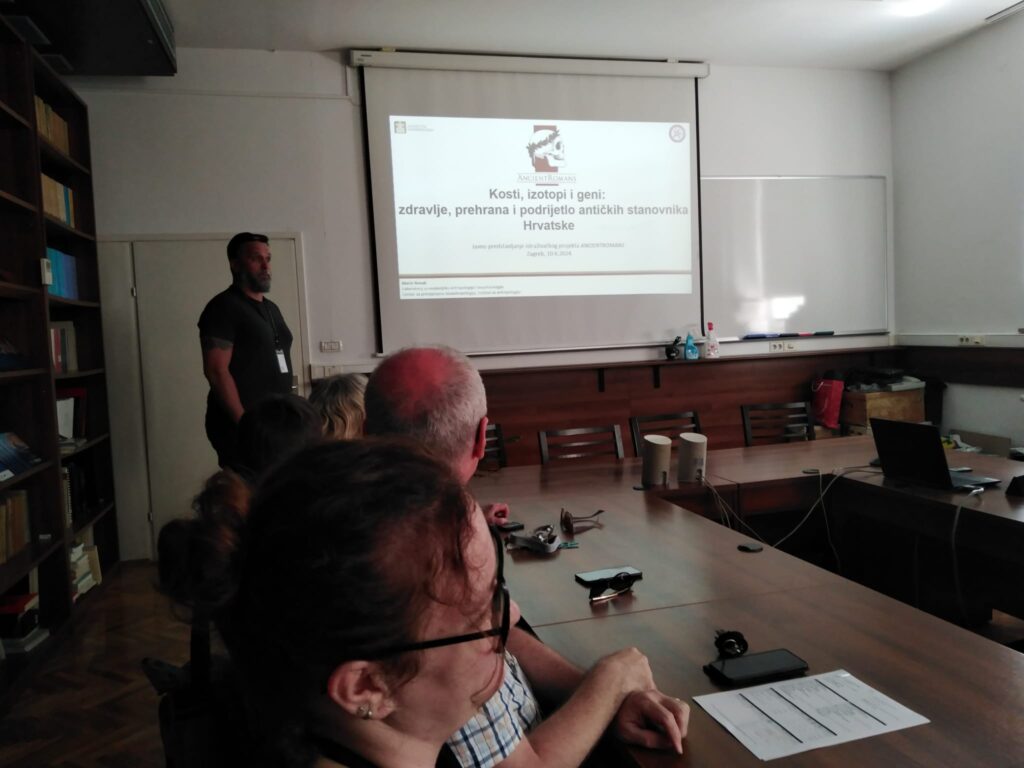
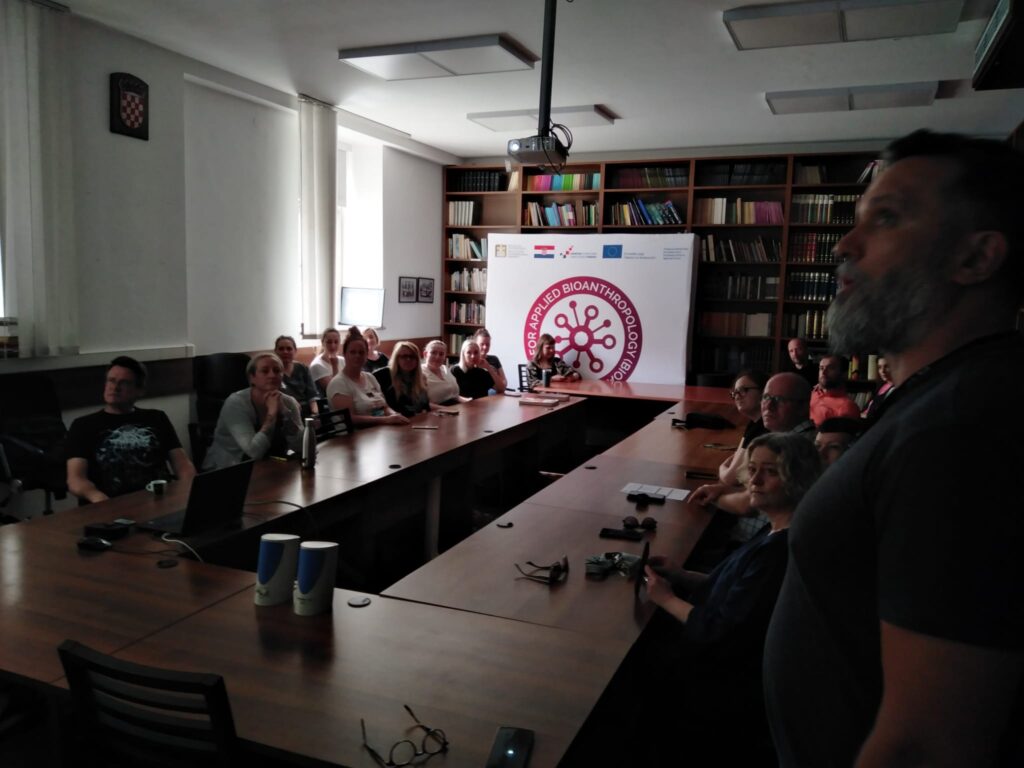
At the beginning of May, the first project meeting of the ANCIENTROMANS project was held in the premises of the Institute for Anthropological Research. During the meeting, the project collaborators presented the results of their ongoing research and discussed future project activities
